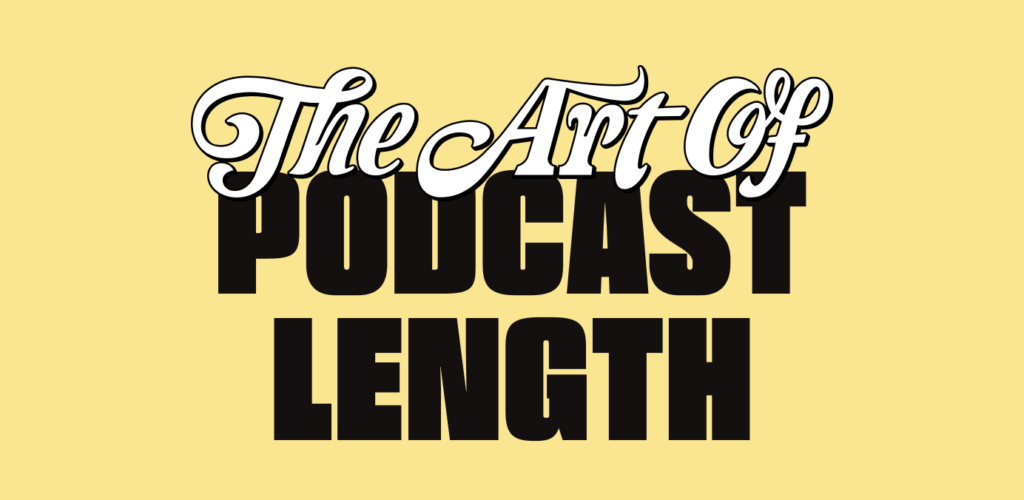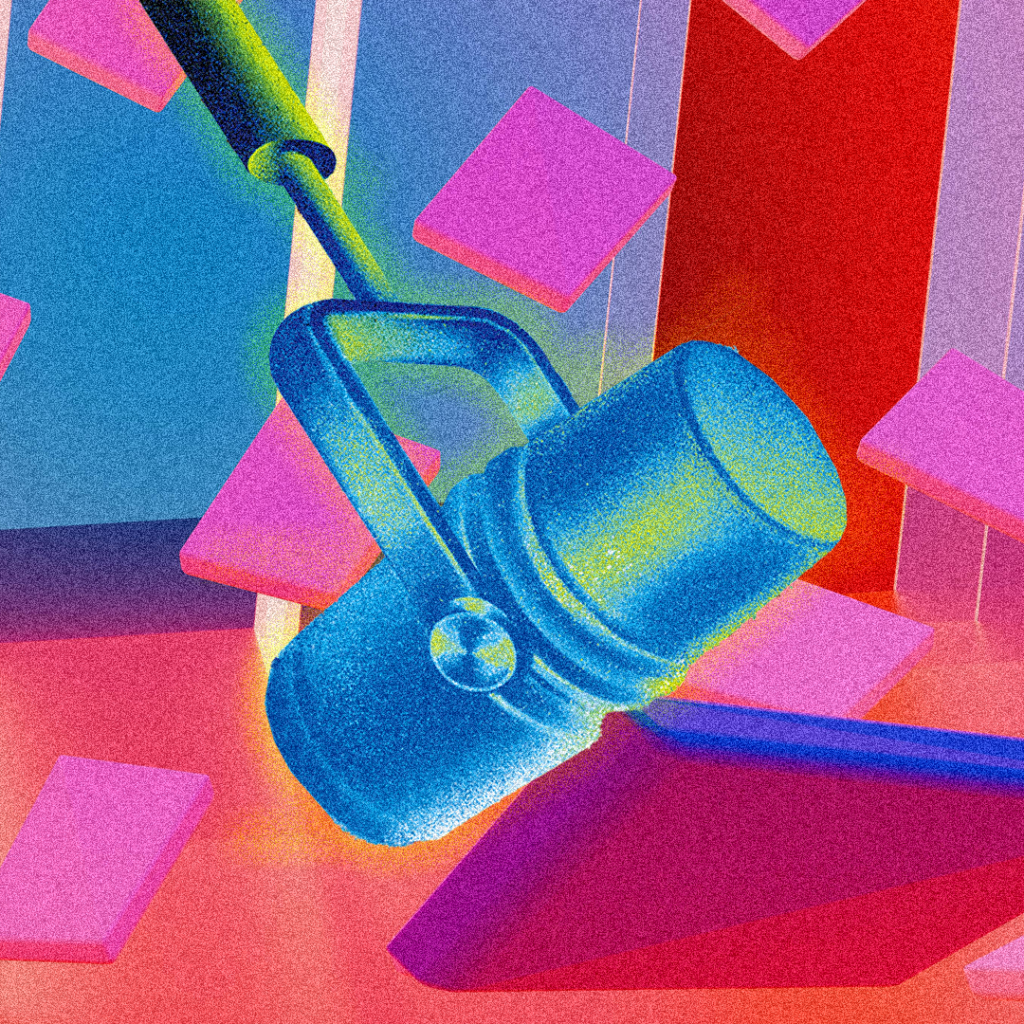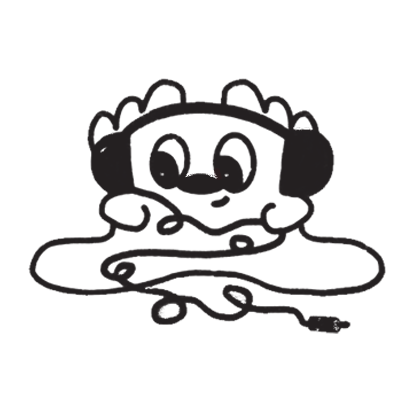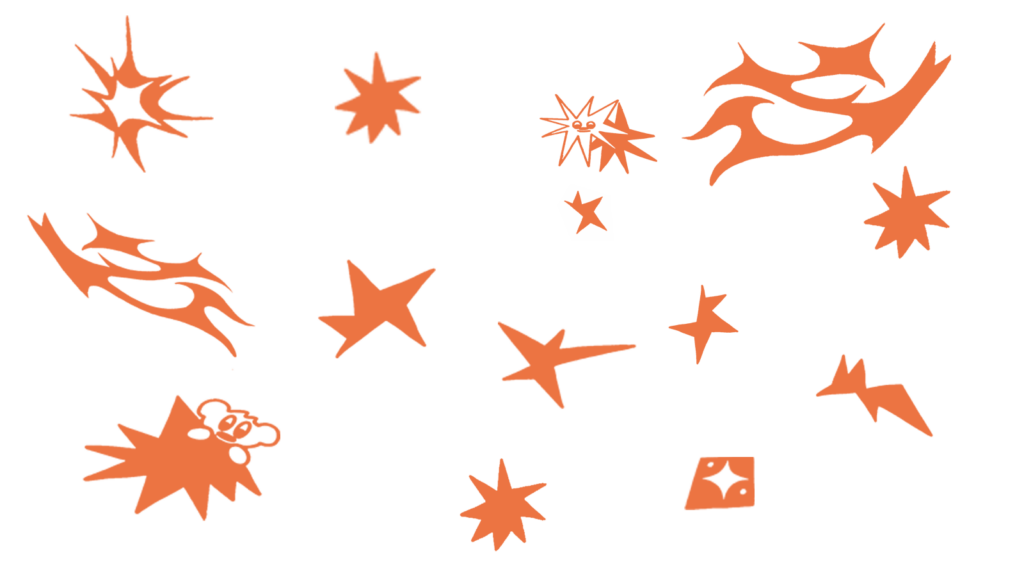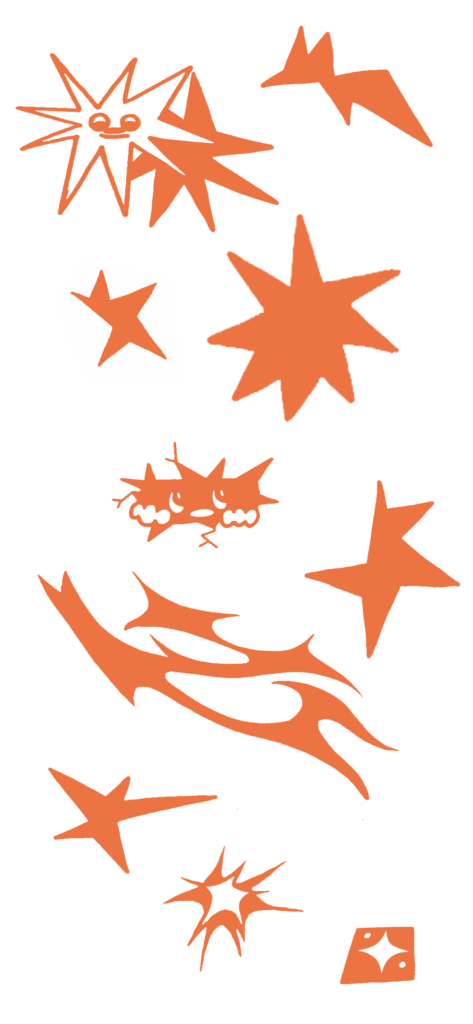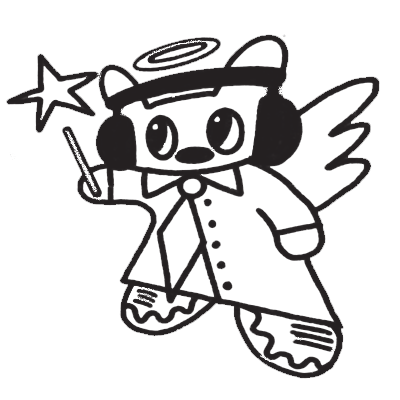The Art of Podcast Length
Episode length is a sneakily critical factor in establishing your show’s identity and voice. Are your episodes three-minute jewel boxes, or five-hour marathons? Timed to the statistical golden mean of a listener’s commute, or designed to provide hours of content that form the very soundtrack of your listeners’ lives?
Historically, podcasting has accommodated both ends of the spectrum. But in this moment of industry contraction, there is mounting pressure on audio creators to land run times that maximize listen-through rates. And if you’re preparing to launch a new property, you need a rock-solid theory of why your show squares perfectly with your listeners’ habits.
Lucky for you, we’ve looked into the numbers and talked to creators in an attempt to bring a little science to this highly subjective art:
1. Find your function.
In early July 2023, the top 20 U.S. podcasts on Spotify and Apple included many long-format mainstays like The Joe Rogan Experience (episode average: nearly three hours!). In fact, the average episode length across these top 20 lists? 60.2 minutes.
So is longer better? Not so fast. Also reliably in the top 20 every month: NPR’s Up First, with weekday episodes just 12 to 13 minutes long. Their function is efficient information delivery—“the news you need to start your day”—whereas the function of 2 Bears, 1 Cave (episode average: 82.6 minutes) is for cohosts Tom Segura and Bert Kreisher to make one another laugh.
As they say in the design world, form follows function. If you’re clear on the purpose you serve for your listeners, your episode length will follow.
2. Tune in to your tempo.
Podcasting is storytelling—and we’ve all suffered through stories that ramble. Marcus Thorne Bagalà, audio producer and music supervisor at the fiction podcast studio Realm, says: “Stories have an inherent tempo that gets teased out in development or scripting and episode length is one of the tools you have to reinforce that tempo.”
This ear towards satisfying storytelling rhythm is, of course, applied more rigorously to “crafted” podcasts than to shows cut from the talk radio cloth. But that doesn’t mean your chat show can’t benefit from clear segment markers for tempo, or judicious trims for ear fatigue.
3. Analyze your audience.
There are analytics aplenty that reveal the exact moment in an episode your listeners tune out. So check in with your hosting platform and Apple Podcast Connect page. If your listen-through rates routinely drop off a cliff two-thirds of the way in, it may be a sign your episodes run too long.
But as Ben Richardson, Associate Director of Audio & Video Audience Development Strategy for Condé Nast, cautions, listen-through rate isn’t the final word on the perfect length, or your show’s overall success. “I’m generally happy with a show with a listen-through of 70 percent or higher,” he says. “It’s a balance of having your core audience satisfied with the content of an episode, while attracting new audiences who are sampling the show but may not listen all the way through. I’ve seen shows who have a consistent 90 percent-plus listen-through rate but stagnating downloads; their core audience is happy, but they’re not attracting new audiences.”
4. Stay consistent (but not too consistent).
In general, audiences like knowing what length to expect. But as producer Ellice D. Ellis (Therapy for Black Girls, Love Thang with Punkie Johnson) points out, breaking your usual rhythm can galvanize fans. “My early introduction to podcasting as a listener was The Read with Kid Fury and Crissle West. I recall the smile on my face when the duo released a two-to-three hour episode. I felt like I was part of their community and blessed to share additional time with them that week.”
Consistent run times help a new show establish its voice. But building a devoted audience earns you room to play. To wit: Crime Junkie (no. 7 on Apple, no. 9 on Spotify as of early July 2023) has an average episode length of 43.4 minutes—with episodes ranging from eight to 86 minutes.
Richardson also notes that listener surveys are a great way to help you interpret your data. Not sure if your episode length is resonating? Ask!
5. Follow your bliss.
In the end, episode length comes down to a mix of industry demands and personal taste. It’s foolish to ignore the former… but don’t disregard the latter! As host Sara Benincasa (Social Anxiety Variety Hour) notes, “I have the advantage and the disadvantage of not getting paid to do my podcast, aside from the generous support of Patreon folks. That means I get to do it exactly as I wish… If I were beholden to somebody giving me a paycheck—which can be delightful!—I’d have to play ball in terms of their metrics and analytics. But I don’t.”
Even as we dial in on analytics, podcasting remains a gloriously elastic medium. What’s the point of all that freedom if you can’t make the show you love?
![]()
Katie Clark Gray is an award-winning podcast producer, Pew Fellow, and partner at Uncompromised Creative. She is currently a writer/producer on Wondery’s “The Best Idea Yet,” a guest writer on “Fathom,” and in development on “Do Over,” a show about second chances and horrible mistakes. Learn more at Uncomp.ninja.
